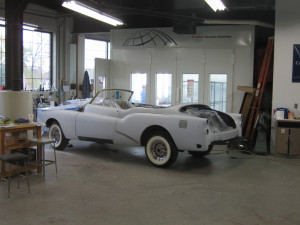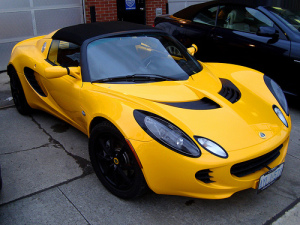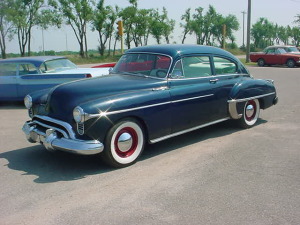Specialty Car Insurance: Updated Classics, More than a Trend
In a recent post we discussed the emergence of the Revology Mustang as one of the most headline grabbing and eye catching auto revival initiatives of 2015. What we haven’t mentioned yet is that Revology is not alone in their efforts to bring classic auto into the 21st century with updated technology, performance, and luxury amenities. Revology is just one of a handful of specialty auto crafters popping up across the country that specialize in revamping classic rides. In the last few years a small but growing group of automakers around the world have been taking some of the most iconic cars ever built and updating them into thoroughly modern machines. In return, these revival vehicles have been met with both incredible praise, and harsh criticism from classic car enthusiasts.
There is no doubt that classic cars have an undeniable appeal, but as any auto enthusiast will confess vintage vehicles are not without their faults and flaws. While we might look back on classic rides through the proverbial rose colored glasses, many classic, antique and vintage vehicles leave much to be desired in terms of reliability, dependability and safety. Even in the best of shape and with impeccable upkeep vintage vehicles can be a handful and don’t often make the best daily drives. Which leaves many enthusiasts and collectors facing the conundrum of balancing their love for vintage aesthetics and tradition with their yearning for luxury, performance and convenience.
That’s where these replica and revival vehicles come into play. For years enthusiast have been updating their classics to enhance the driving experience. In fact, that’s what originally lead to many auto trends, such as hot-rodding. Proponents and producers of these modernized classics have been quick to point out just that. Supporters of these re-imagined classics assert that these vehicle, claim that they represent the prefect blend of automotive history, tradition and progress. These vehicles producers are coupling vintage styling and aesthetics appeal with the modern luxury amenities most consumers need in a daily driver to create a unique class of specialty vehicles to meet some enthusiasts’ demands. Many of these new autos offer top of the line vehicle technology in both safety and performance.
Whether you are a vintage auto purist or a specialty vehicle enthusiast, it is important to protect your ride. At Condon Skelly, we know how exciting collecting specialty, exotic, and classic cars can be. That’s why we specialize in offering complete specialty auto insurance. We’re a group of collectors, enthusiasts, and professionals who specialize in insuring all types of collector vehicles. Our team is as passionate about protecting your vehicles as you are about collecting them. We can help you secure affordable, industry-leading specialty car insurance coverage to protect your classic, antique, or exotic vehicles. For more information about our specialty car insurance, contact our specialists today at (866) 291-5694.









